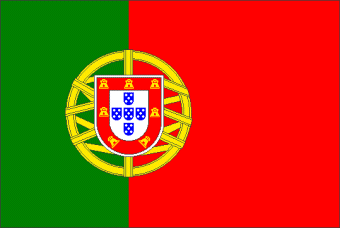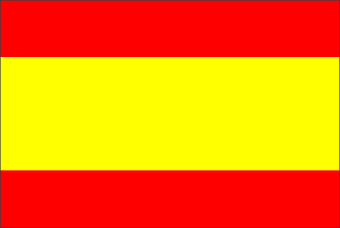Francisco João – Angola
Jairson Gomes – Cape Verde
Carlos Fernandes – Mozambique
Cecile Warore – Senegal
January, 2009
UNIVERSITÀ DEGLI STUDI DI ROMA “LA SAPIENZA”
FACOLTA’ DI SCIENZE DELLA COMUNICAZIONE – DIPARTIMENTO DI SOCIOLOGIA E COMUNICAZIONE
LIVELIHOODS STRATEGIES AND MIGRATION: DYNAMICS OF INTEGRATION OF THE YOUNG CAPEVERDIAN IMMIGRANTS INTO THE LABOUR MARKET IN ROME CITY (1998 – 2008).
Historical Outline of the Capeverdian migration to Italy
Since the 1960, Europe has become the main destination of Cape Verdian migrants. The massive economic growth in post-war Europe and the concomitant need for labor attracted many Cape Verdians. The Capeverdian immigration to Italy has a particular set of characteristic that differentiates from other cape verdian migratory fluxes: it is predominately a feminine migration . According to Pojmann (2007), Cape Verdian immigration in Italy has its inception on the 60’s when the Capucino missionary Priest Gesualdo to returned to Italy after spending some years in Cape Verde, took to Rome some catholic girls choral group from the Parish of São Nicolau's Island . Besides the activities of the Parish of Rome, they started to fill domestic roles in the homes of healthy Italians and in those where more middle class women were beginning to enter the workforce. (Pujmann, 2007:31)
The second phase of migration to Italy begins in the 70’s. In this period the immigration did not depend on the Catholic Church, but was progressively made through t these first immigrants, who invited their sisters, cousins and friends (Monteiro, 1997, apud Gois, 2006:300). According to Gois, “A cadeia migratória começa, a partir desse momento, a estruturar-se num sistema de rede social de entre-ajuda, quase exclusivamente entre mulheres, sistema esse que permanece ainda hoje e permitiu o alimentar de uma corrente migratória ao longo de 4 décadas”. (Gois, 2006: 300).
According to Mrs. Maria of Lourdes Jesus,
“Secondo i dati ufficiali la nostra comunità attualmente è formata da circa 7000 individui, di cui l'83% è costituito da donne. Siamo presenti in tutte le Regioni italiane, con una predominanza nelle seguenti città: Roma, Napoli, Palermo, Milano, Firenze, Genova, Bari, Bologna, Ancona, Salerno e Torino. Negli anni '80 eravamo molti di più. Si parlava di 8/10 mila capoverdiani. Oggi siamo in meno: solo 6.300 persone. ”
However, Pedro Gois asserts that these statistical data are not precise, because does not count the illegal immigrants, and because there is a great number of Cap-Verdians who already have the Italian nationality, Portuguese nationality or even a third one. (Gois, 2006: 307).
On the other hand, in an interview we made with the Ambassador of Cape Verde in Italy, he said that, although does not exist official’s statistical data, the city of Rome has a number oscillating the 8.000 immigrants. In second place, Naples with 2.000, in third Cecília with 1.000, Milan almost welcomes 1.000 and finally Torino oscillating the 3 hundreds. In other hand, Gois affirms that one of his key informants in Cape Vert refers to a community of more that 20.000 in Italy (Gois, 2006: 307). One thing is real, the number of immigrants women, exceeds greatly the number of men, in the Italian context. According to Caritas (1997), the data shows that 85% of the Cape Verdian immigrants are female.
As we can see, there is a lack of detailed data and actualized among the several Cape Verdians institutions working in Rome; and that can pose a lot of implication for the control and decision-making programs on the immigrants. For instances, these institutions hardly will know the death of somebody, the nationality change, or even the dislocation to another country. As Pedro Gois pointed out, “apesar de antiga, pela invisibilidade social de muitas profissões desempenhadas, esta é uma imigração (quase) imperceptível a nível estatístico, isto é, os cabo-verdianos não surgem normalmente nem nas estatísticas provinciais em Itália e são praticamente ignorados no exterior de Itália ou de Cabo Verde” (Gois, 2006:294). We think that this lack of official and precise statistical data poses a lot of difficulties to manage good policies towards the improvement of the livelihoods of the migrants.










Nessun commento:
Posta un commento